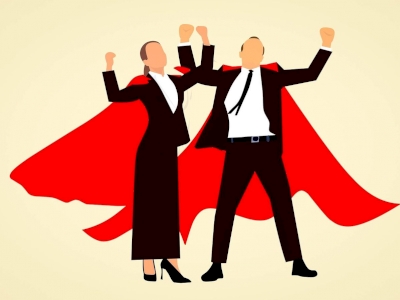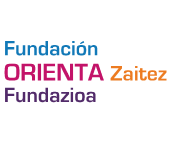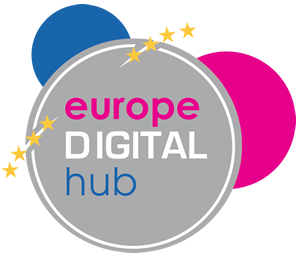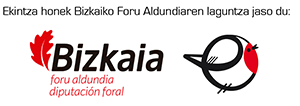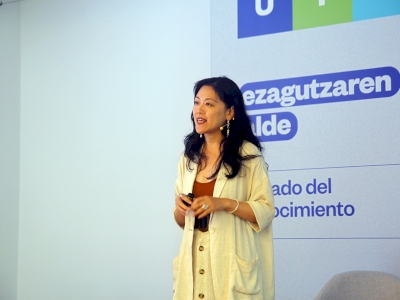blockchainWorld

Complete traceability of products from their place of origin to their final disposal
Achieving sustainable development is one of the main challenges that countries face today, since the climate crisis we are experiencing has highlighted the importance of guaranteeing the protection of the environment and society, while promoting economic growth. Countries must look for all types of tools and strategies that allow them to achieve their objectives, and this is where disruptive and innovative technologies such as Blockchain appear, a topic that I want to share with you on this occasion about the potential of Blockchain in Sustainable Development, and how this can contribute to building a green future for all.
Before advancing the topic and telling you how blockchain can be used to achieve sustainable development, I want to start by briefly explaining what this technology consists of and what it is for. The blockchain or network of blocks is a digital technology invented approximately a decade ago, which acts as a decentralized and secure public registry. This technology works as a digital ledger in which transaction records are made and verified in a transparent and chronological manner. What differentiates blockchain and makes it so novel and attractive is that it is not controlled by a single entity, but rather remains operational thanks to a network of computers distributed in various places and actors.
Blockchain is being used today to ensure the integrity and reliability of data and transactions in various fields, such as cryptocurrencies, supply chain management, electronic voting, intellectual property, among many other functions. The main advantage that the blockchain has is its ability to provide an unalterable and secure record, which reduces the need for intermediaries to carry out each transaction, and allows increasing the level of transparency and reliability of the transactions and digital records that are carried out. . The two best-known networks today are Bitcoin and Etherum, however, we are still at a very premature stage on the subject.
Being a decentralized technology that guarantees the reliability and transparency of the transactions carried out, the blockchain is being used in key issues of sustainable development such as renewable energy, waste management, environmental protection, sustainable finance, among others. Below, I share the main topics in which blockchain is being used and a brief description of how it is being done.
The potential of blockchain in sustainable development.
Environmental protection: Blockchain technology can be used to support the creation of unalterable records for environmental conservation, the protection of fauna and flora of some sensitive ecosystems in different parts of the world.
Some examples where blockchain is being used is in the registration of environmental assets, where agricultural land, conservation areas or forests are registered, ensuring that these areas are kept protected and their degradation is prevented. On the other hand, it is also used for carbon credits and carbon verification, since the blockchain allows tracking and verifying greenhouse gas emissions and the compensation made through the credits.
A final example is the conservation of biodiversity, as mentioned above, since blockchain makes it possible to track endangered species and protect areas rich in biodiversity, but vulnerable to damage. The records made through the blockchain ensure that the strategies implemented for conservation are transparent and effective.
Waste management and circular economy: Using smart contracts, blockchain makes it possible to track waste management from its origin to its final disposal location. Additionally, in terms of the circular economy, the blockchain contributes to encouraging recycling, reuse and the efficient exchange of resources between different parties, ensuring transparent and efficient transactions.
Regarding waste management, blockchain allows for improved traceability at each stage of the process, being certain of how they are being managed and their final disposal location. Likewise, it allows fraud to be prevented since it guarantees that the records are authentic and there is no manipulation of data regarding the management that has been done of the waste.
On the side of the circular economy, the blockchain can be used to register products, where all the information associated with their manufacturing, materials and useful life is available, which allows having a
Complete traceability of products from their place of origin to their final disposal.
- Renewable energy and decentralized transactions: Another key sector for sustainable development is the energy sector, especially the one that is focused on renewable energies, where the blockchain can be used to facilitate the commercialization of energy, since it allows the generation to be recorded. of energy and its consumption, in addition, facilitates direct transactions between consumers and producers, leaving traceability of where the energy comes from and how it was used.
One way it is being used today is in the registration of photovoltaic solar energy generation systems that are decentralized, where the energy generated by the systems is recorded and allows users to sell excess energy to other users. of the network in a secure and transparent manner.
- Sustainable finance and Reduction of financial exclusion: Another sector where blockchains are being used, and is the pioneer sector on the subject, is the financial sector, where the blockchain has been used for the transparent financing of sustainable projects, by guaranteeing that the donations and investments made are destined for verified initiatives with a real impact. On the other hand, blockchain helps reduce financial exclusion since it is allowing people who had not been able to access traditional financial entities to access financial services without any limitations.
A key issue in which this technology is being used is the tokenization of assets, since it allows a digital representation of traditional financial assets such as stocks, bonds or even real estate, which can be bought, sold or traded. in a more efficient way when compared to the traditional financial system.
- Monitoring of the sustainable supply chain: Another topic in which blockchain can be used is in logistics and supply chains, where the origin and sustainability of products that have been acquired by organizations can be tracked and verified. throughout its entire supply chain. This technology helps guarantee the origin of the products, for example, if you have a sustainable agricultural farm, the blockchain allows you to guarantee the authenticity of organic and sustainable products, which provides consumers with the necessary guarantees to that they can make decisions.
Multimedia
Smart & Green Fundazioa Summer Courses from UPV/EHU
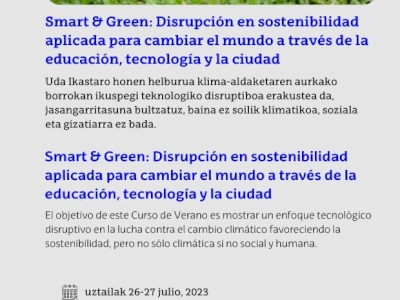
What are you waiting for? Sign up
Blockchain Conference La Rioja
